Premium Only Content
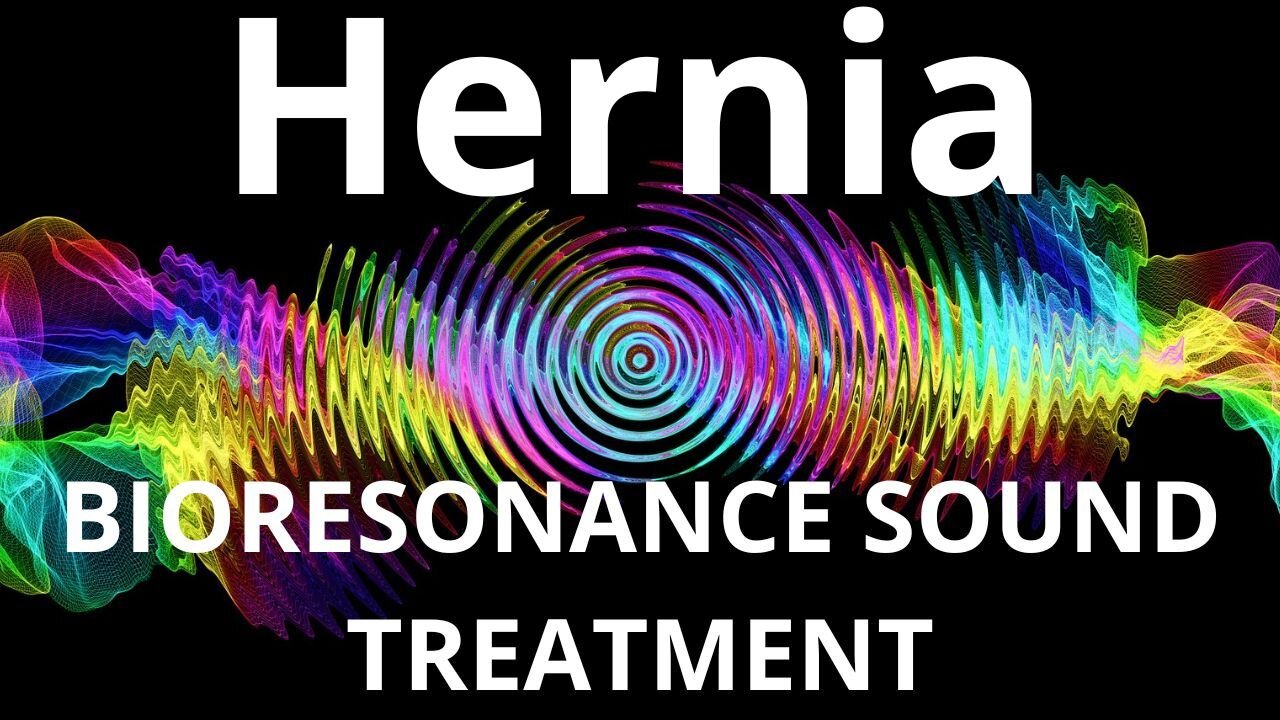
Hernia_Session of resonance therapy_BIORESONANCE SOUND THERAPY
A hernia happens when an internal organ pushes through a weak spot in your muscle or tissue. There are several types of hernia that you can experience including, inguinal hernias, femoral hernias, umbilical hernias and hiatal hernias. If you have a hernia, it’s important to treat it quickly.
A hernia occurs when an internal organ or other body part protrudes through the wall of muscle or tissue that normally contains it. Most hernias occur within the abdominal cavity, between the chest and the hips.
The most common forms of hernia are:
Inguinal hernia: In men, the inguinal canal is a passageway for the spermatic cord and blood vessels leading to the testicles. In women, the inguinal canal contains the round ligament that gives support for the womb. In an inguinal hernia, fatty tissue or a part of the intestine pokes into the groin at the top of the inner thigh. This is the most common type of hernia, and affects men more often than women.
Femoral hernia: Fatty tissue or part of the intestine protrudes into the groin at the top of the inner thigh. Femoral hernias are much less common than inguinal hernias and mainly affect older women.
Umbilical hernia: Fatty tissue or part of the intestine pushes through the abdomen near the navel (belly button).
Hiatal (hiatus) hernia: Part of the stomach pushes up into the chest cavity through an opening in the diaphragm (the horizontal sheet of muscle that separates the chest from the abdomen).
Other types of hernias include:
Incisional hernia: Tissue protrudes through the site of an abdominal scar from a remote abdominal or pelvic operation.
Epigastric hernia: Fatty tissue protrudes through the abdominal area between the navel and lower part of the sternum (breastbone).
Spigelian hernia: The intestine pushes through the abdomen at the side of the abdominal muscle, below the navel.
Diaphragmatic hernia: Organs in the abdomen move into the chest through an opening in the diaphragm.
Music affects a person, it can calm and cheer up, sounds can heal. The therapeutic effect is due to the frequency fluctuations of various sounds that resonate with various organs of the body. Sounds have bioresonance compatibility with the vibrations of human internal organs, which is the basis of the positive effect of sound treatment. The sound vibrations of music trigger many mechanisms of higher nervous activity in the patient's subconscious and start the healing process.
Sound therapy does not replace medical treatment, but complements it, improves the positive dynamics of treatment and speeds up recovery.
TO ACHIEVE A POSITIVE RESULT, DAILY LISTENING TO VIDEOS IS REQUIRED.
I wish you health and prosperity!
You can purchase unique medicines in my store:
https://store11998180.company.site/
You have the opportunity to support the channel:
https://destream.net/live/RadSiarAl/donate
-
 16:48
16:48
BIORESONANCE SOUND THERAPY
13 days agoSamuel Barber Sonata for Cello and Piano
862 -
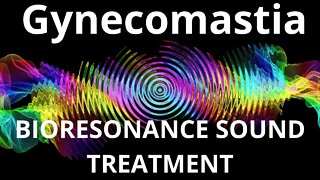 32:08
32:08
BIORESONANCE SOUND THERAPY
2 years agoGynecomastia_Session of resonance therapy_BIORESONANCE SOUND THERAPY
921 -
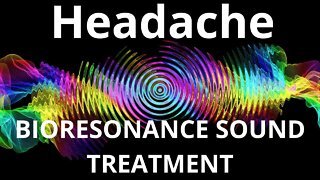 32:08
32:08
BIORESONANCE SOUND THERAPY
2 years agoHeadache_Session of resonance therapy_BIORESONANCE SOUND THERAPY
6632 -
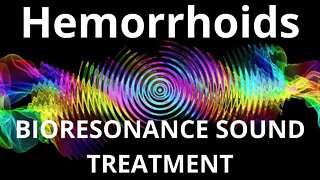 32:08
32:08
BIORESONANCE SOUND THERAPY
2 years agoHemorrhoids_Session of resonance therapy_BIORESONANCE SOUND THERAPY
1421 -
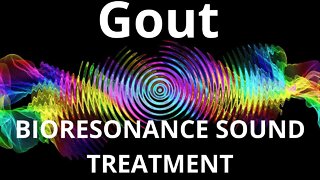 32:08
32:08
BIORESONANCE SOUND THERAPY
2 years agoGout_Session of resonance therapy_BIORESONANCE SOUND THERAPY
1451 -
 1:05:23
1:05:23
Man in America
16 hours agoSoaring Gold Exposes the Imminent Crash of the Old System w/ John Perez
43.3K9 -
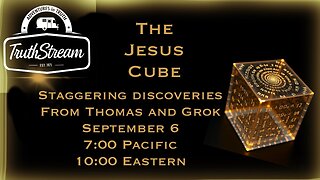 2:42:40
2:42:40
TruthStream with Joe and Scott
17 hours agoTHOMAS AND GROK: AI, Bible decodes, The JESUS Cube live 9/6 #487
29.9K9 -
 2:34:46
2:34:46
BlackDiamondGunsandGear
11 hours agoGet Prepped / After Hours Armory / LIVE SHOW /
20.2K1 -
 2:01:39
2:01:39
Tundra Tactical
10 hours ago $8.30 earned🛑LIVE NOW!! This spits in the face of the Second Amendment.🛑
31.2K8 -
 2:34:46
2:34:46
DLDAfterDark
9 hours ago $2.51 earnedIt's SHTF! Do You Have What You Need?? Let's Review Items & Priorities
22.1K6